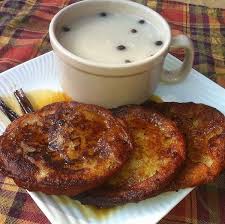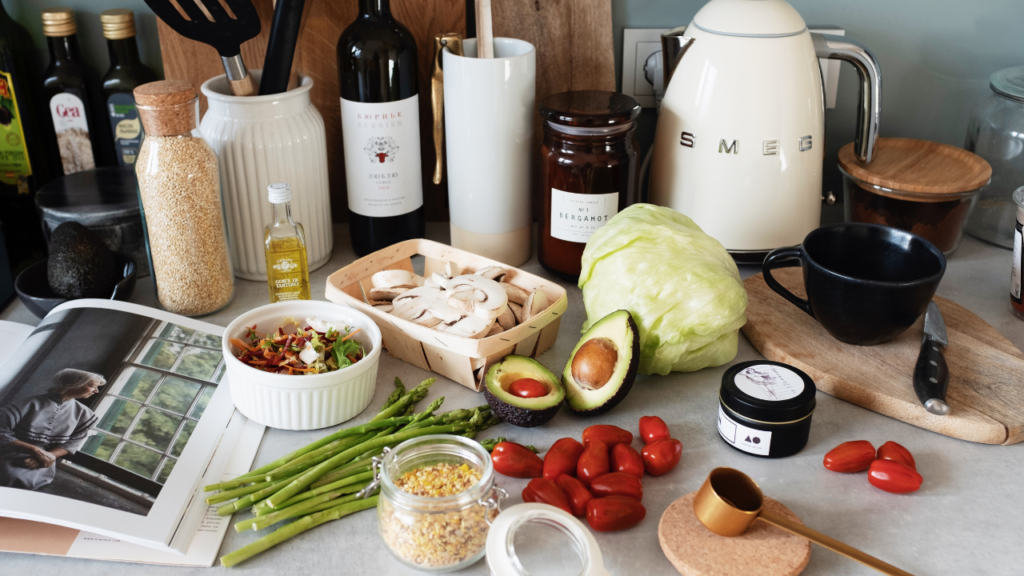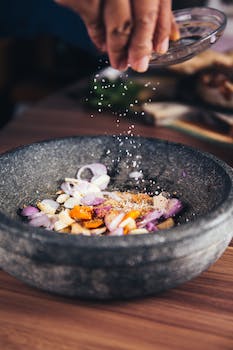Chilate A Taste of Tradition – Chilate isn’t just a drink; it’s a cherished tradition across Latin America, with each region adding its unique twist to the recipe. Whether you’re intrigued by its historical roots, curious about its variations, or ready to try making it yourself, chilate offers an unforgettable experience. Let’s explore its diverse flavors, cultural significance, and step-by-step recipes!
What Is Chilate?
At its core, chilate is a traditional beverage made with simple, natural ingredients like rice, cacao, cinnamon, and sweeteners. Depending on where it’s made, chilate can be a sweet, refreshing drink or even a savory stew. From Guerrero’s chilled cacao version to the warm, spiced chilate salvadoreño, it’s beloved for its versatility and deep cultural roots.
The Origins of Chilate
Chilate has its roots in pre-Hispanic times, where indigenous communities across Mesoamerica used ingredients like cacao, corn, and spices for sustenance and rituals. Over time, each region adapted the recipe, giving it distinct characteristics. Today, it’s celebrated as both a culinary and cultural symbol of Latin America.
How to Make Chilate: A Step-by-Step Guide
Ingredients for Classic Chilate (Chilate de Guerrero)
- 1 cup white rice
- 1/2 cup cacao beans (or cocoa powder)
- 2 cinnamon sticks
- 1/4 cup piloncillo (or brown sugar)
- 4 cups water
- Ice cubes (optional)
Instructions:
1. Soak the Rice
- Wash the rice under cold water and soak it for 2–4 hours.
2. Toast the Cacao and Cinnamon
- Toast cacao beans in a dry pan until fragrant.
- Briefly toast the cinnamon sticks to release their aroma.
3. Blend Ingredients
- Blend the soaked rice, cacao beans, and cinnamon with 2 cups of water until smooth.
4. Strain and Sweeten
- Strain the mixture through a fine mesh or cheesecloth.
- Add piloncillo or sugar and simmer until dissolved.
5. Serve
- Chill and serve over ice for a refreshing treat.
How to Make Chilate Salvadoreño
Ingredients:
- 1 cup rice
- 1/2 cup toasted cornmeal
- 1 cinnamon stick
- 1-inch piece of fresh ginger
- 1/4 cup panela or brown sugar
- 4 cups water
Instructions:
- Soak and blend rice as above.
- Toast cornmeal until golden.
- Blend with cinnamon and ginger.
- Strain and simmer with panela.
- Serve warm, traditionally with yucca or torrejas.
Exploring Chilate de Pollo
Chilate isn’t always a drink; in southern Mexico, it can also refer to a savory chicken stew. This version, known as chilate de pollo, combines chicken, masa harina, tomatoes, and spices into a hearty meal perfect for family gatherings.
Regional Variations of Chilate
Chilate de Guerrero
- A chilled cacao-based beverage.
- Served cold, often enjoyed during hot days.
Chilate Salvadoreño
- A warm, spiced drink.
- Often paired with traditional snacks like fried plantains or yucca.
Modern Takes on Chilate
- Chilate Ice Cream: A dessert twist blending traditional flavors into a frozen treat.
- Chilate Cocktails: Mixed with rum or mezcal for a contemporary edge.
Que Es Chilate? (What Is Chilate?)
Chilate is a versatile Latin American tradition. Whether it’s a cacao drink or a chicken stew, it represents warmth, community, and cultural heritage.
Como Hacer Chilate Salvadoreño (How to Make It)
Follow the recipe above for chilate salvadoreño, focusing on toasting the cornmeal and incorporating ginger for a spicy kick.
Traditions Surrounding Chilate
- Community Gatherings: Chilate is often prepared during celebrations or family reunions.
- Spiritual Significance: Its pre-Hispanic roots tie it to rituals and ceremonies.
- Seasonal Enjoyment: While chilate de Guerrero is a summer favorite, chilate salvadoreño warms hearts in colder months.
Conclusion for Chilate A Taste of Tradition
Chilate is more than a drink; it’s a cultural journey. Whether you prefer the cold, cacao-rich chilate de Guerrero or the warm, spiced chilate salvadoreño, making it at home is a delightful way to connect with Latin American traditions. Why not try one—or both—recipes today?
Watch and Learn: Chilate Recipe Video
For a visual guide on preparing chilate, check out this informative video:
FAQs for Chilate A Taste of Tradition
- What’s the difference between chilate de Guerrero and chilate salvadoreño?
- Guerrero’s version is cold and cacao-based, while El Salvador’s is warm and spiced.
- Can I make chilate vegan?
- Yes! Both traditional drink versions are naturally vegan.
- How is chilate traditionally served?
- In Guerrero, it’s served cold in clay cups. In El Salvador, it’s paired with fried snacks.
- Is chilate only a drink?
- No, chilate de pollo is a savory stew popular in southern Mexico.
- Can I add my twist to chilate?
- Absolutely! Experiment with flavors like nutmeg or serve it as a dessert.
![]()








